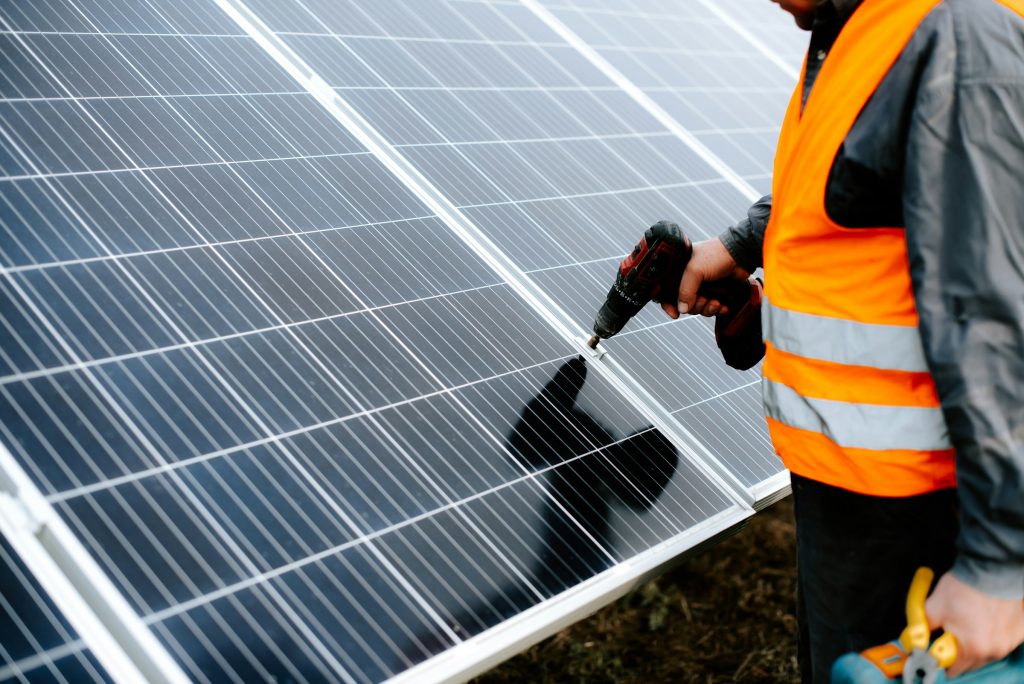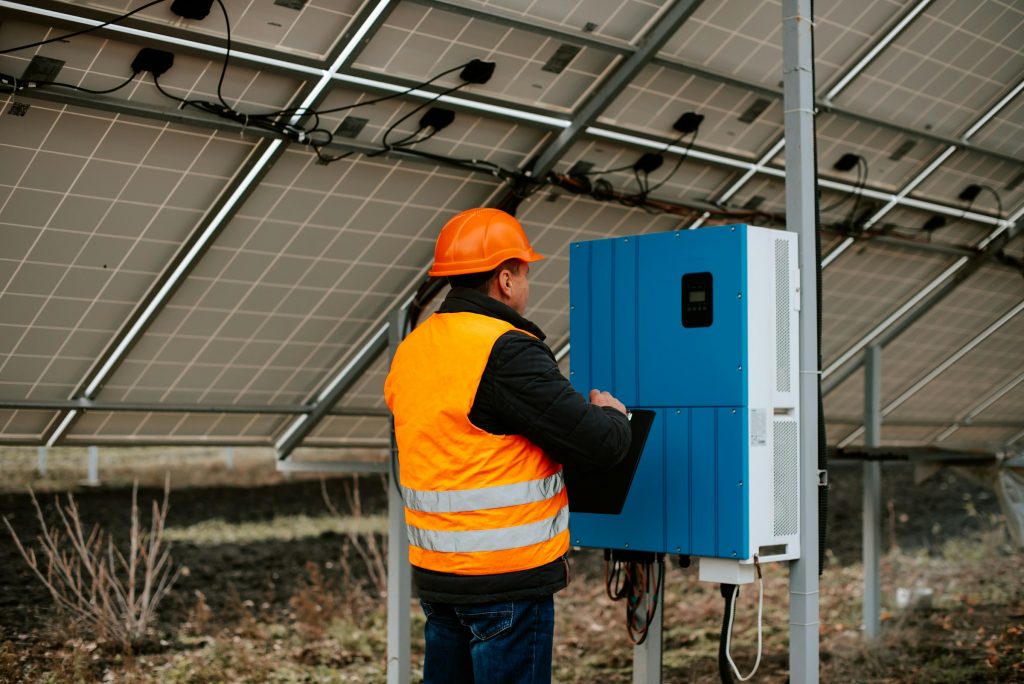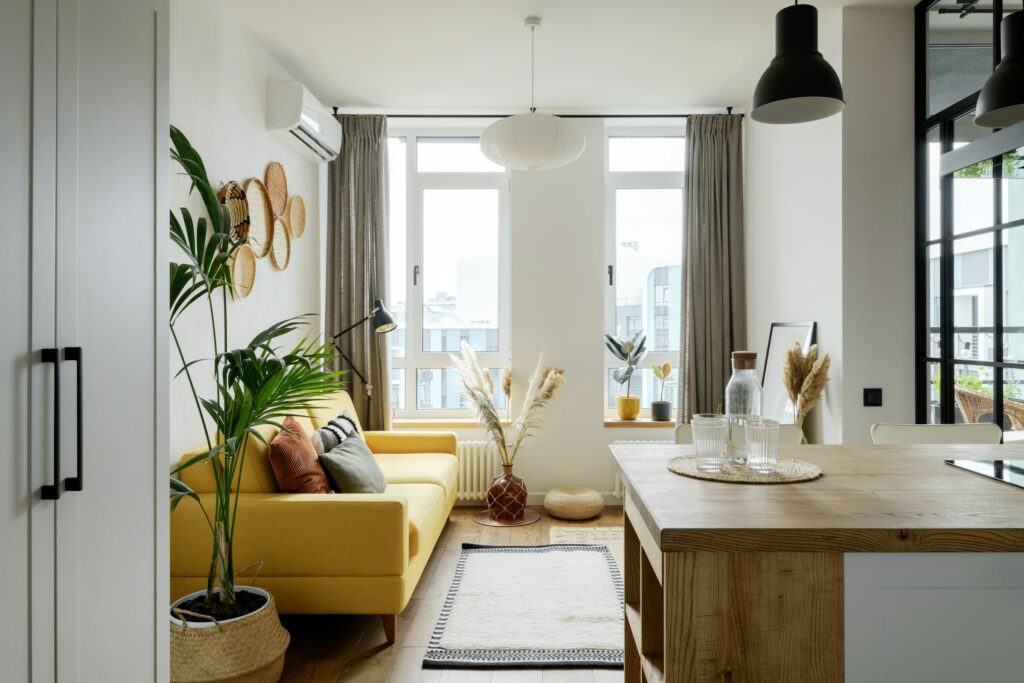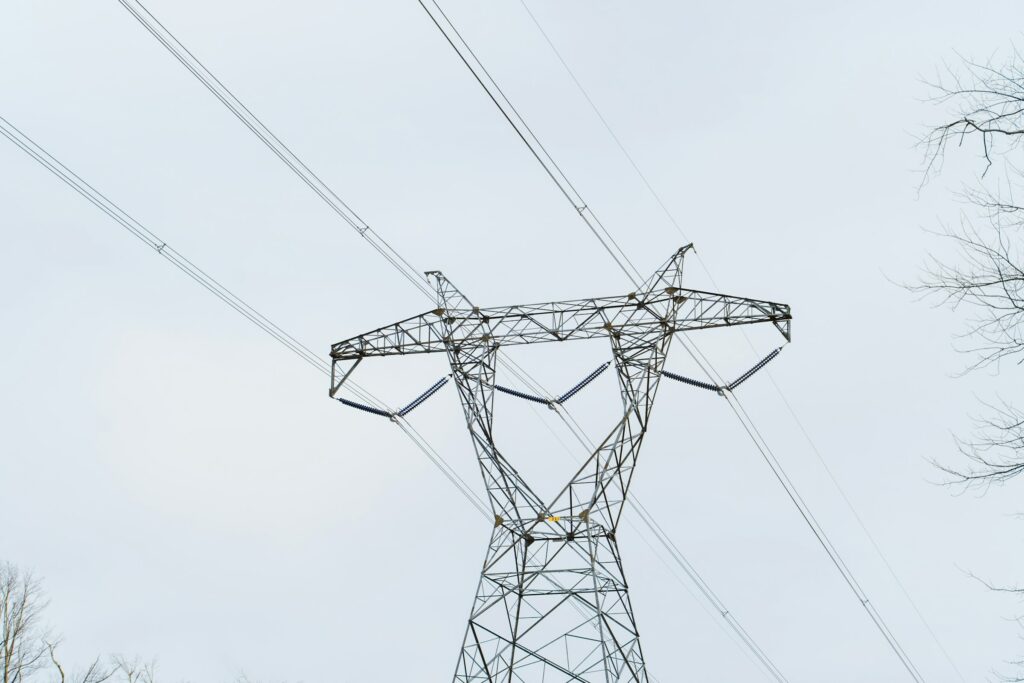The transition to solar energy has become increasingly popular in Australia, with over 3.69 million solar PV installations across the country as of December 2023. Understanding your solar power needs is crucial for making an informed decision about your home’s energy future. So, if you’re scratching your head thinking, “How much solar power do I need?” you’re in the right place to get the answers.

Understanding Your Energy Consumption
A typical Australian household consumes 15-20 kWh of electricity daily. However, consumption varies significantly based on household size and location. A single-person household typically uses 8-12 kWh daily, while a five-person household with a pool consumes 30-40 kWh daily.
Regional Energy Consumption Patterns in Australia
Australia’s diverse climate zones create distinct patterns in residential energy consumption across different states and territories. The variations are particularly striking when comparing the southernmost regions to the tropical north.
Southern States
Tasmania leads the nation in energy consumption with an annual average of 8,619 kWh per household. This high usage is primarily driven by:
- Winter consumption peaks at 2,915 kWh
- Spring usage of 2,119 kWh
- Autumn consumption of 2,049 kWh
- Summer usage drops to 1,536 kWh
Victoria is starkly contrasting, with the lowest annual state-wide consumption at 4,615 kWh. The seasonal breakdown shows:
- Winter peak of 1,453 kWh
- Summer usage of 1,067 kWh
- Autumn consumption of 1,064 kWh
- Spring usage of 1,030 kWh
Central and Western Regions
Western Australia maintains a moderate consumption level of 5,198 kWh annually. South Australia shows similar patterns with an annual usage of 4,950 kWh, characterized by:
- Winter peak reaching 1,465 kWh
- Autumn usage of 1,190 kWh
- Summer consumption of 1,181 kWh
- Spring usage of 1,114 kWh
Northern Territory
The Northern Territory records the second-highest consumption at 8,500 kWh annually. This elevated usage is primarily attributed to:
- Intense cooling requirements during the tropical wet season
- Year-round air conditioning needs
- Higher energy demands for dehumidification
Capital Cities Comparison
The energy consumption varies significantly among capital cities based on household size. For single-person households:
- Hobart: 1,501 kWh per quarter
- Canberra: 1,090 kWh per quarter
- Melbourne: 738 kWh per quarter
- Adelaide: 730 kWh per quarter
These regional variations demonstrate how climate zones and seasonal patterns significantly influence household energy consumption across Australia’s diverse geography.
How Much Solar Power Do I Need?
The general rule of thumb for calculating your solar needs is to divide your daily electricity usage by 3.5. It is because, in Australia, each kilowatt of solar panel capacity typically generates about 4 kWh of electricity per day.
System Sizing Guidelines
For a 6.6kW solar system, which is now considered the standard minimum size in Australia, you can expect:
- Daily generation: approximately 26.4 kWh
- Cost range: between $3,500 and $9,000 including installation
Factors Affecting Solar System Size in Australia
Several critical factors that determine efficiency and output potential influence the sizing of a solar power system in Australia. Understanding these factors is essential for optimizing your solar investment.
Climate Zone Impact
Australia’s diverse climate zones create significant variations in solar panel performance across the country:
- Northern Australia (Darwin, Cairns, Broome)
- Receives 6-8 hours of peak sunlight daily.
- Higher average temperatures can reduce panel efficiency by up to 0.5% per degree above 25°C.
- Experiences consistent year-round solar exposure
Southern Australia (Melbourne, Hobart, Adelaide)
- Receives 4-6 hours of peak sunlight daily
- More seasonal variation in sunlight hours
- Better panel efficiency due to cooler temperatures
Central and Western Regions
- Receive the highest insolation levels in the country
- Experience excess of 6 kilowatt-hours per square metre daily
- Optimal conditions for solar energy production
Space Requirements and Installation Considerations
The physical space needed for solar installation varies based on system size and panel efficiency:
Standard Space Requirements:
- 6.6kW system: Approximately 29-30 square metres of roof space
- 9.9kW system: Approximately 43 square metres of roof space
Panel Configuration Factors:
- Standard panel size: 1.8m x 1.1m per panel
- Installation clearance requirements for maintenance
- Roof orientation and tilt angle considerations
Performance Optimization
To maximize system efficiency, several factors must be considered: Temperature Effects:
Optimal operating temperature: 25°C
- Performance decreases by 0.5% for each degree above optimal temperature
- Panel efficiency varies with local climate conditions
Geographical Considerations:
- Northern exposure typically provides optimal performance
- Local shading patterns affect panel placement
- Regional weather patterns influence system sizing decisions
These factors combined determine the most appropriate system size for your specific location and energy needs. Professional assessment of these variables ensures optimal system design and performance.
Conclusion
Determining your solar power needs requires careful consideration of your household’s energy consumption, location, and future requirements. While a 6.6kW system is now considered the minimum standard, many Australian homes are opting for larger 8-10kW systems to accommodate future needs such as electric vehicles and battery storage.
With Australia leading the world in residential solar uptake and having the highest per capita solar capacity, investing in an appropriately sized solar system makes environmental sense and provides significant long-term financial benefits. Remember that solar panel efficiency continues to improve, and prices have become more affordable. When sizing your system, it’s worth considering a slightly larger capacity to account for future energy needs and take advantage of economies of scale
Frequently Asked Questions:
What’s the minimum recommended solar system size?
In 2024, 6.6kW is considered the minimum recommended size for Australian homes.









